5 Hidden Places In Rajasthan That You Must Explore
By: Shweta Sat, 02 May 2020 10:55:34
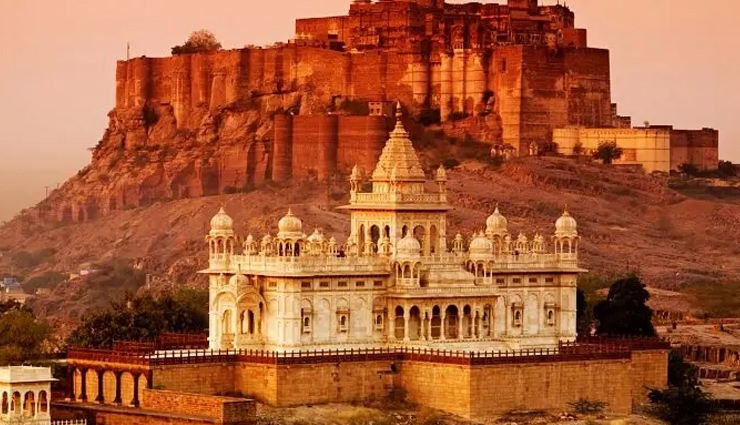
Rajasthan, once known as the “Rajputana” (Land of the Rajputs) is the magnificent place where you can follow the history of these fiercely independent warriors who never gave up their struggle against the Mughal rulers. From the major cities to the villages, a visit to this place is full of marvellous architectural delights and stories that these palaces and forts relate.
When one thinks of Rajasthan, vivid images of Jaipur, Udaipur, Mount Abu, Jaisalmer and other popular tourist destinations flood one’s mind. However, the rich heritage of the state extends wide and beyond these touristy places.
We bring to you a list of the lesser known places in Rajasthan which will woo you and leave you wanting to saunter along in the corridors of history.
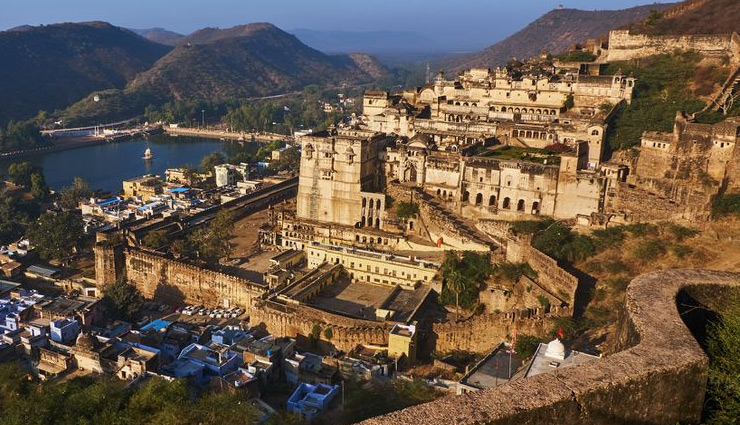
Bundi
Perfectly located between Jaipur and Udaipur, Bundi is an unspoiled gem with a manmade lake and a fairytale Maharajah palace cascading down the mountainside.Bundi is famous for miniature paintings, and the enchantingly decayed Bundi Palace boasts a remarkably well-preserved collection. The palace building is an excellent example of Rajput architecture with a magnificent Elephant Gate entranceway built in 1607.Inside, you can view stunning paintings still glowing with lustrous colour, particularly the brilliant blues made from the gemstone lapis lazuli. In the “Krishna room,” the playboy god appears in twelve paintings (one for each month), including the scene of a playful Krishna stealing the garments of bathing maidens and hanging their clothing out of reach in a nearby tree.
Bundi is called the Step Well City with more than 50 step wells, called baori, still in existence. Step wells date back to 550 A.D. and were designed as huge water tanks that could be accessed at any water level via multiple flights of stairs. The elaborate step well of Rani Ji-Ki-Baori was built by a queen in 1699 with 200 steps descending 150 ft. The superb carving makes this step well look more like a cathedral than a watering hole. And the zigzagging steps of the step well Dabhai Ka Kund form a geometric design similar to an inverted Egyptian pyramid.
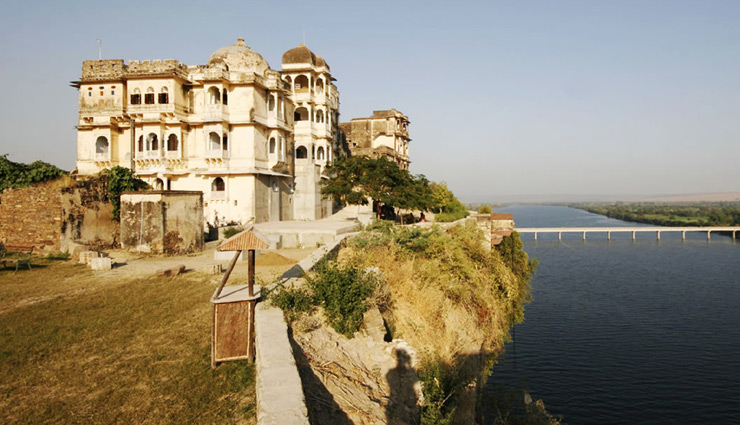
Bhainsrorgarh
Bhainsrorgarh Fort offers one of Rajasthan’s most atmospheric accommodations in an authentic fortified outpost perched at the end of a promontory standing 200 ft. above the crocodile-infested Chambal River. Today, Bhainsrorgarh Fort is a family home turned into a small hotel. Too many alterations to the place have been intentionally avoidedto give you an experience of the rural gentry, even if it’s only for one night.A short, steep hike leads to the river’s edge where local boatmen offer rides in rickety wooden boats. The river is nearly 500 yards wide and 40 ft. deep with a surface so placid that it is like a mirror; giving the fort the famous address of ‘A fort on the river of glass’.
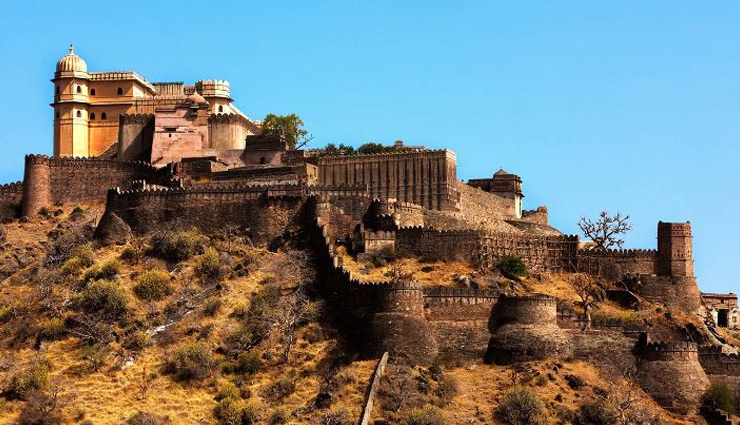
Kumbhalgarh
Just over 50 miles north of Udaipur, Kumbhalgarh Fort is considered the most impregnable in Rajasthan with 25 miles of walls, reputedly the second longest continuous wall in the world (after the Great Wall of China).Kumbhalgarh is a huge complex with 360 temples, 700 canon bunkers, a palace, and a village where people go about their normal business in spite of living in a tourist site.
The mighty walls feature seven gates and distinctive, bulbous towers.According to a popular legend, any work completed on the fort during the day would crumble to ruins by sunset. A spiritual advisor explained that the fort would never be built without a human sacrifice of someone who will give up their life willingly. A pilgrim offered himself up and the main gate, Hanuman Pol, contains a shrine commemorating the sacrifice — right at the very spot where the pilgrim’s head fell.
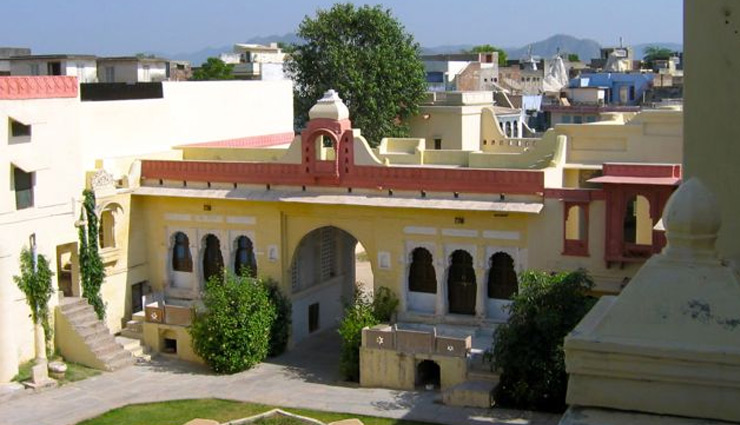
Jojawar
The village of Jojawar, is home to Rawla Jojawar, a heritage hotel offering a cheaper alternative to Rawla Narlai.The hotel is a converted garrison fort with a reception desk in the former magistrate’s office and small rooms nearby that were once used as jail cells.Two favourite activities in Jojawar are the jeep safari and the train excursion. The open-top jeep safari offers ample opportunities to see antelopes, camels, peacocks, and lots of monkeys.The train ride begins at Kambli Ghat station, the highest train station in the Aravalli Hills, and continues through the scenic Kambli Ghat Pass. The train makes several stops for brake checks, and one regularly scheduled stop to feed the langoor monkeys. These monkeys know exactly when to show up for the biscuits that all the passengers throw from the train, and the adjacent rails are crowded with hungry primates.
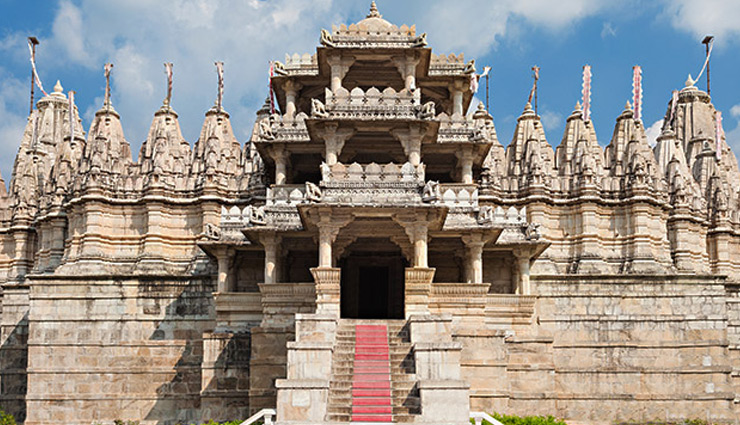
Ranakpur Temple
Close to Khumbalgarh, Ranakpur Temple is one of the most beautiful Jain temples in all of India. It is a white marble wonder supported by a forest of 1,444 pillars all carved with exquisite designs. The unusual temple layout also includes five spires and a maze of 29 halls topped by 80 domes. The temple is said to be built in the form of a celestial vehicle, and Ranakpur is, without a doubt, heavenly. The stunning ceiling designs include an “om” symbol combined with a half moon, and a stylized figure with one head and five bodies that represents the need to control the five senses when entering the temple. Note that in deference to the Jain disdain for harming any creatures, no leather items are permitted in the temple.





